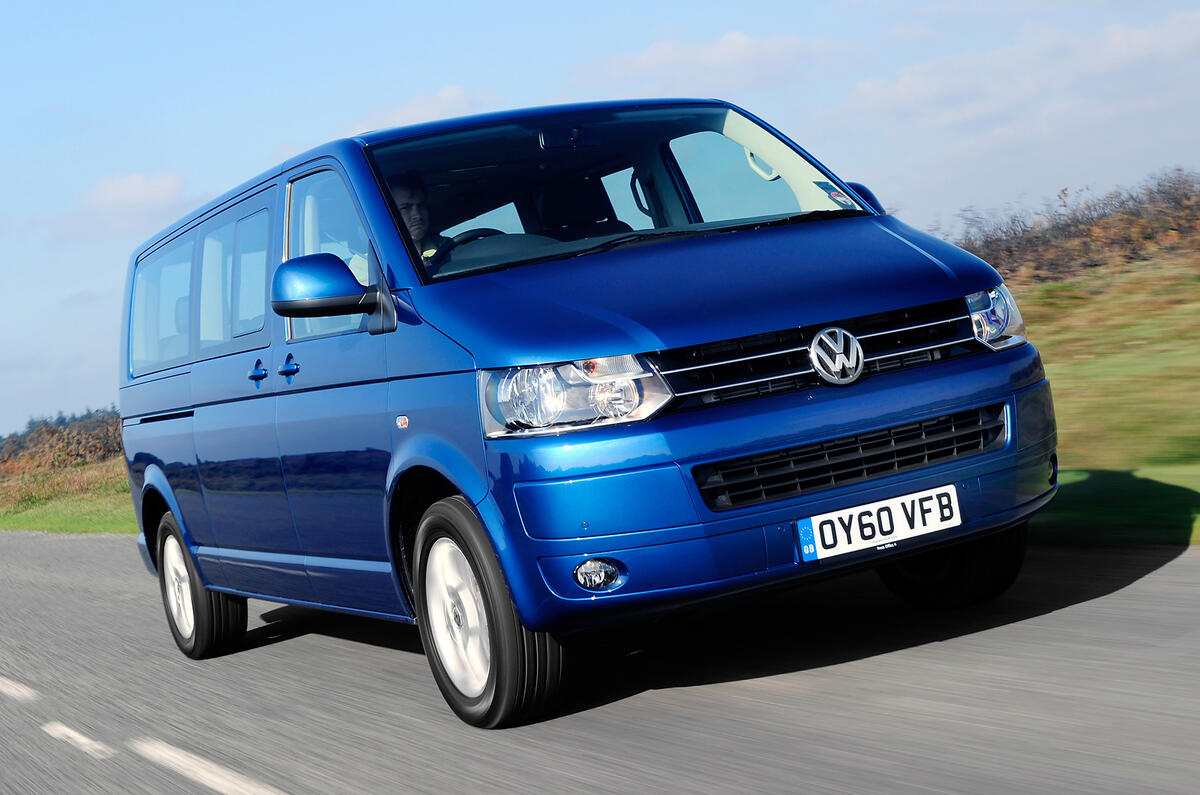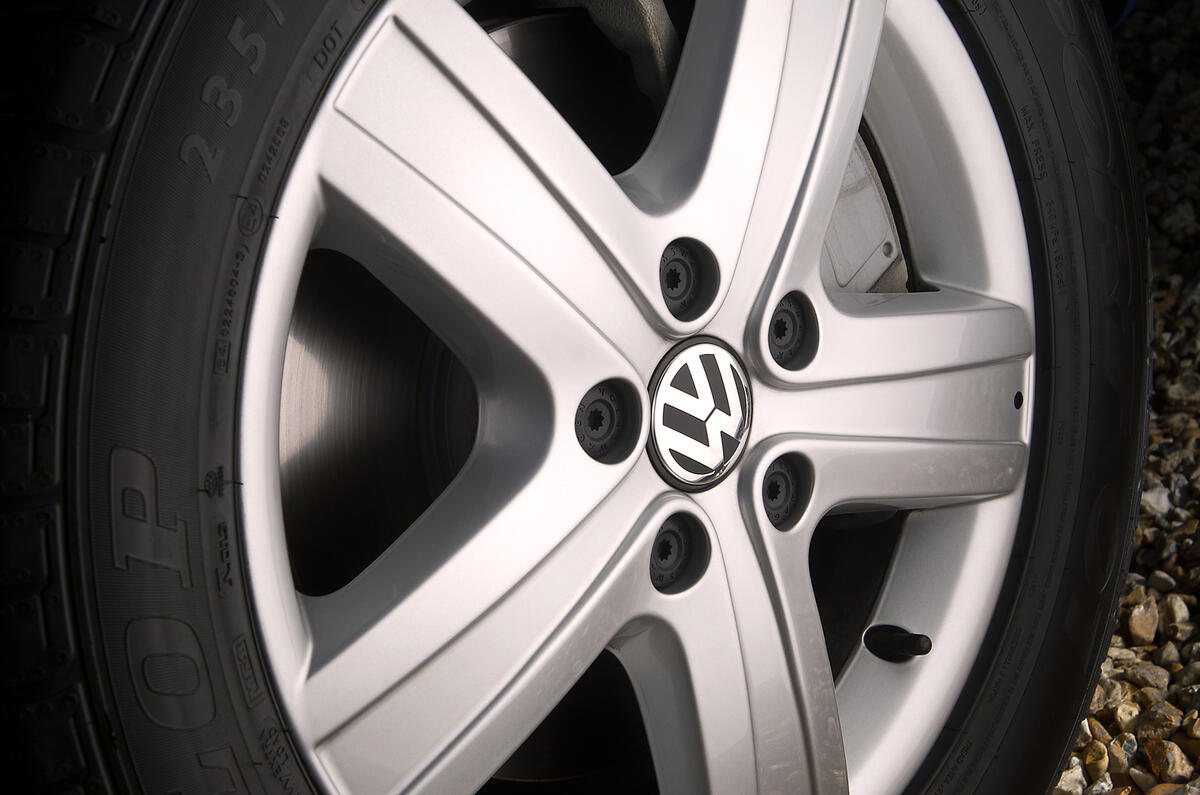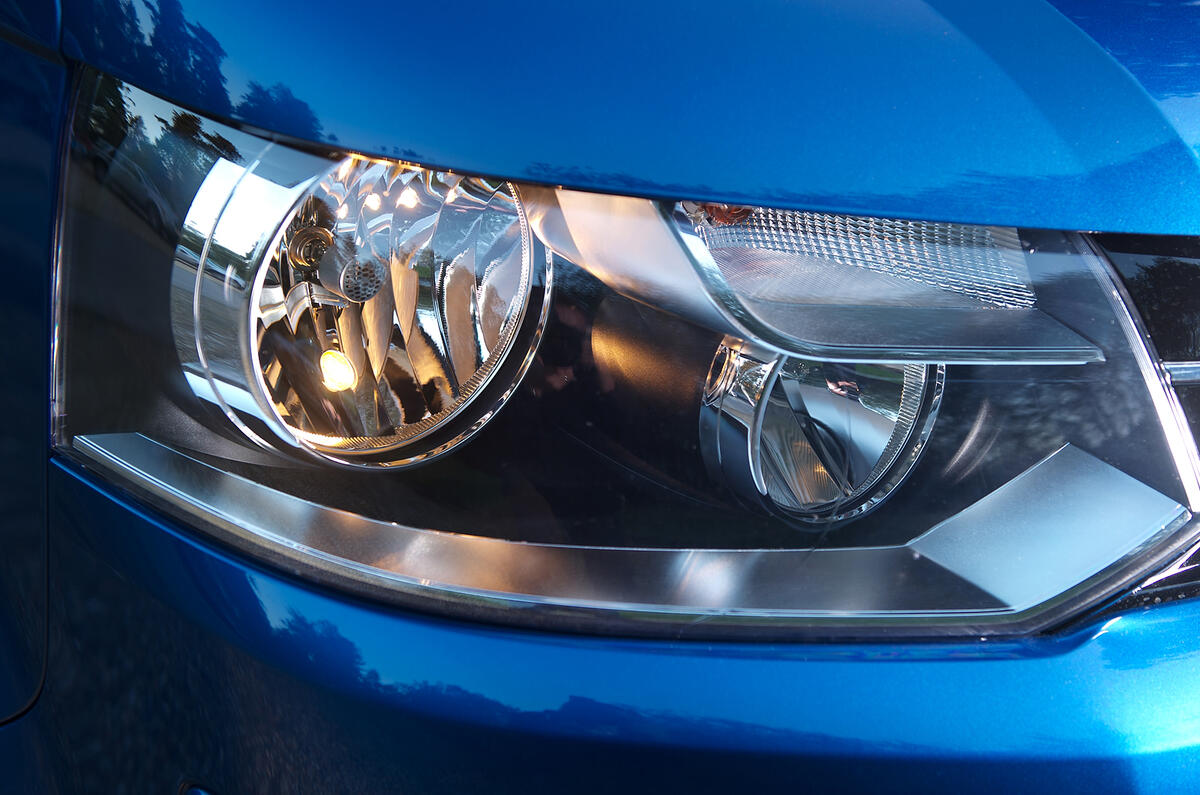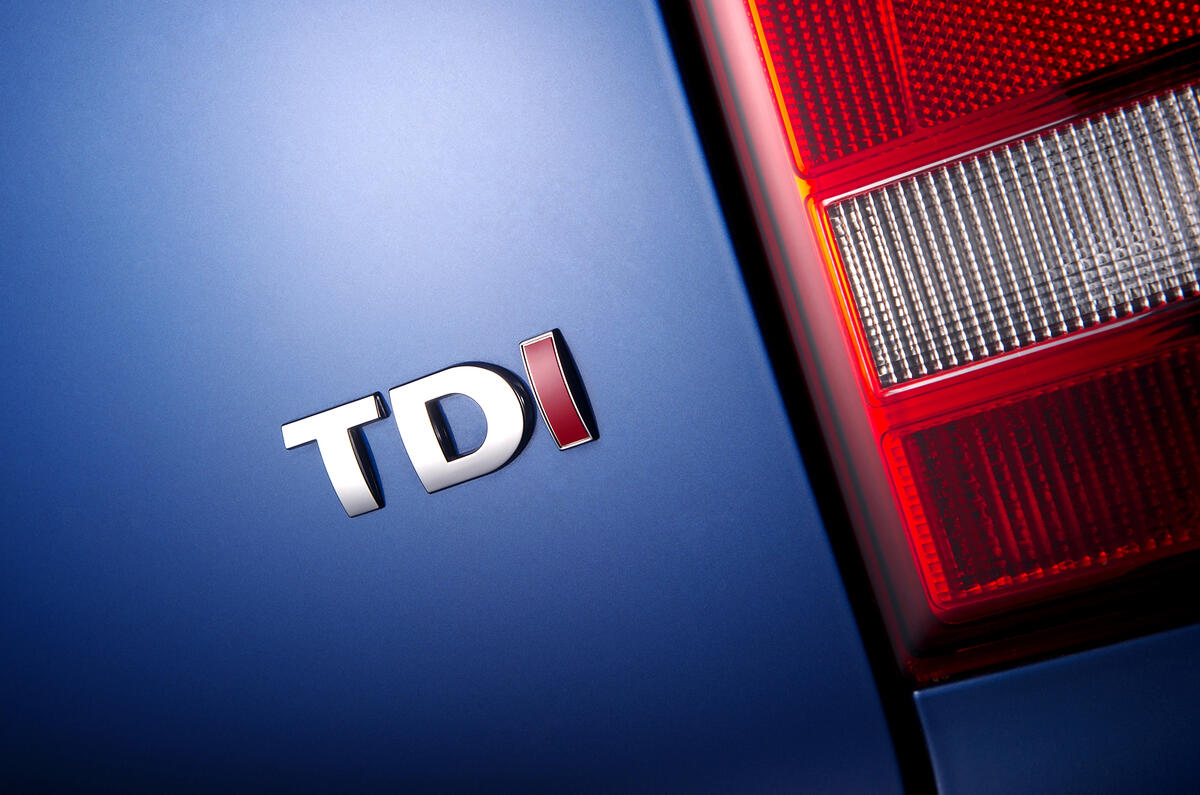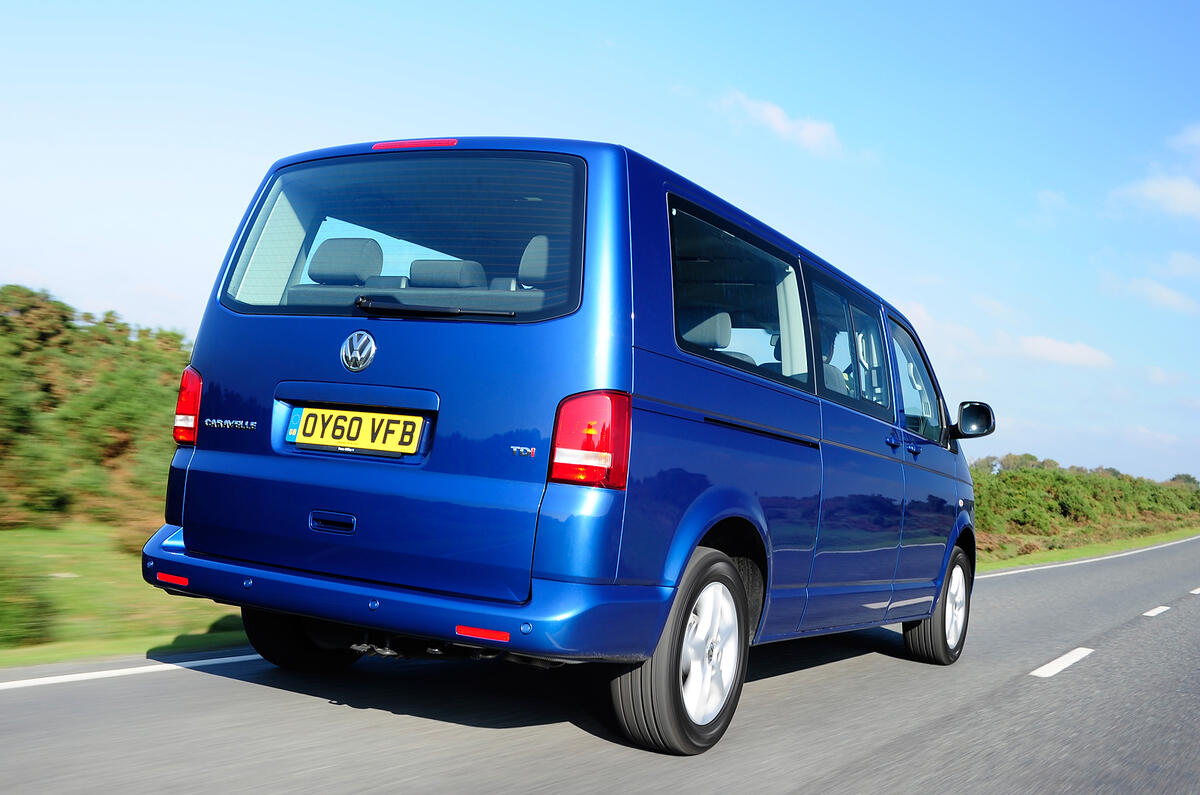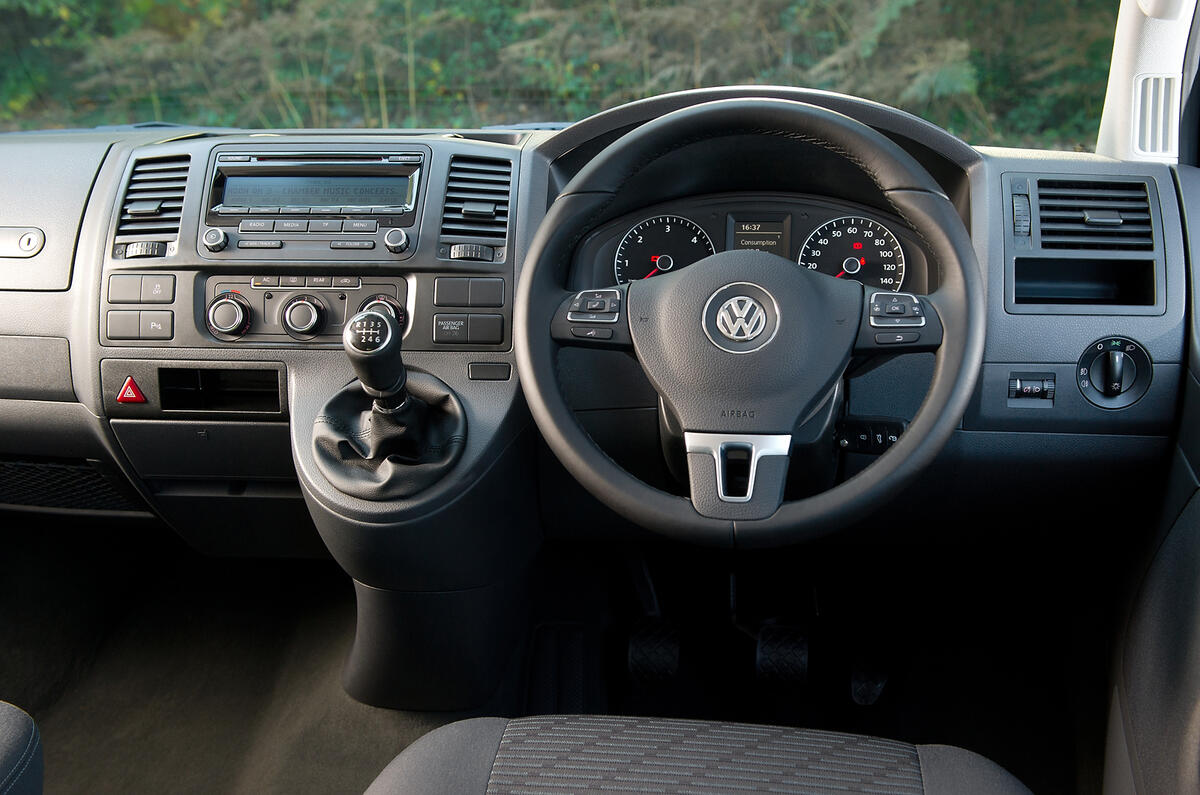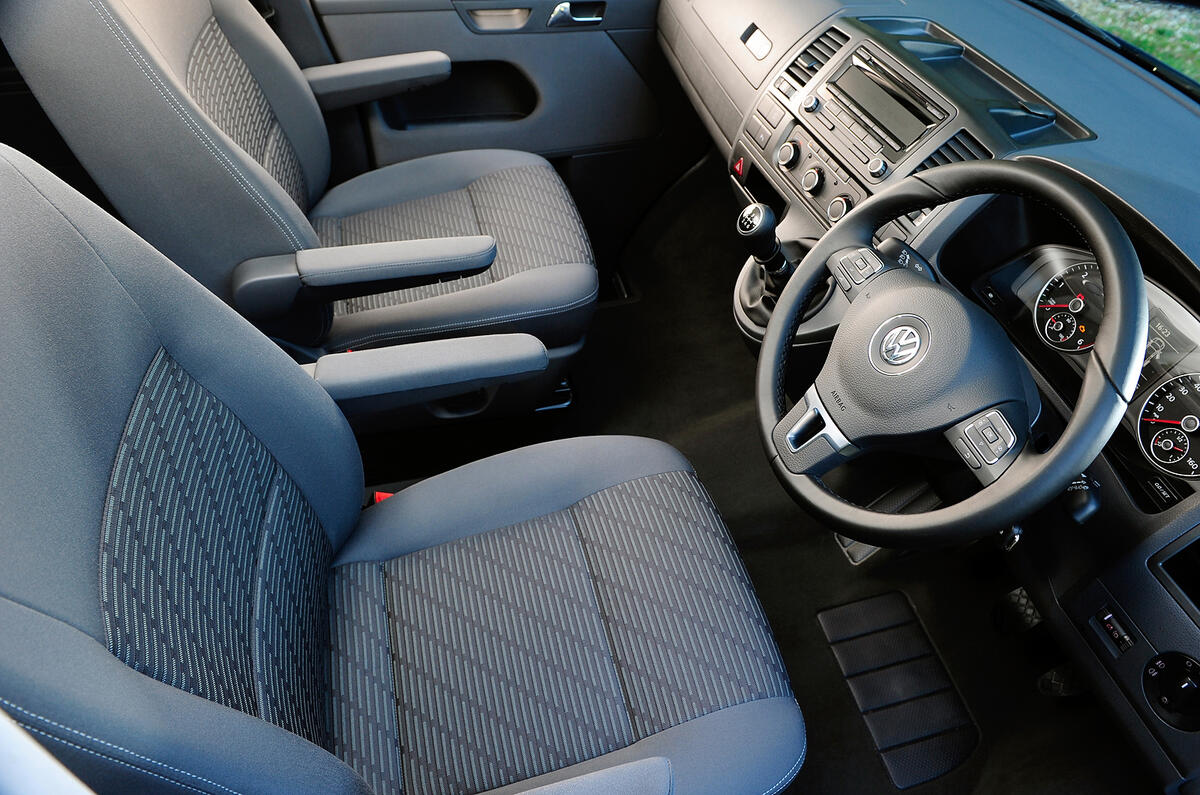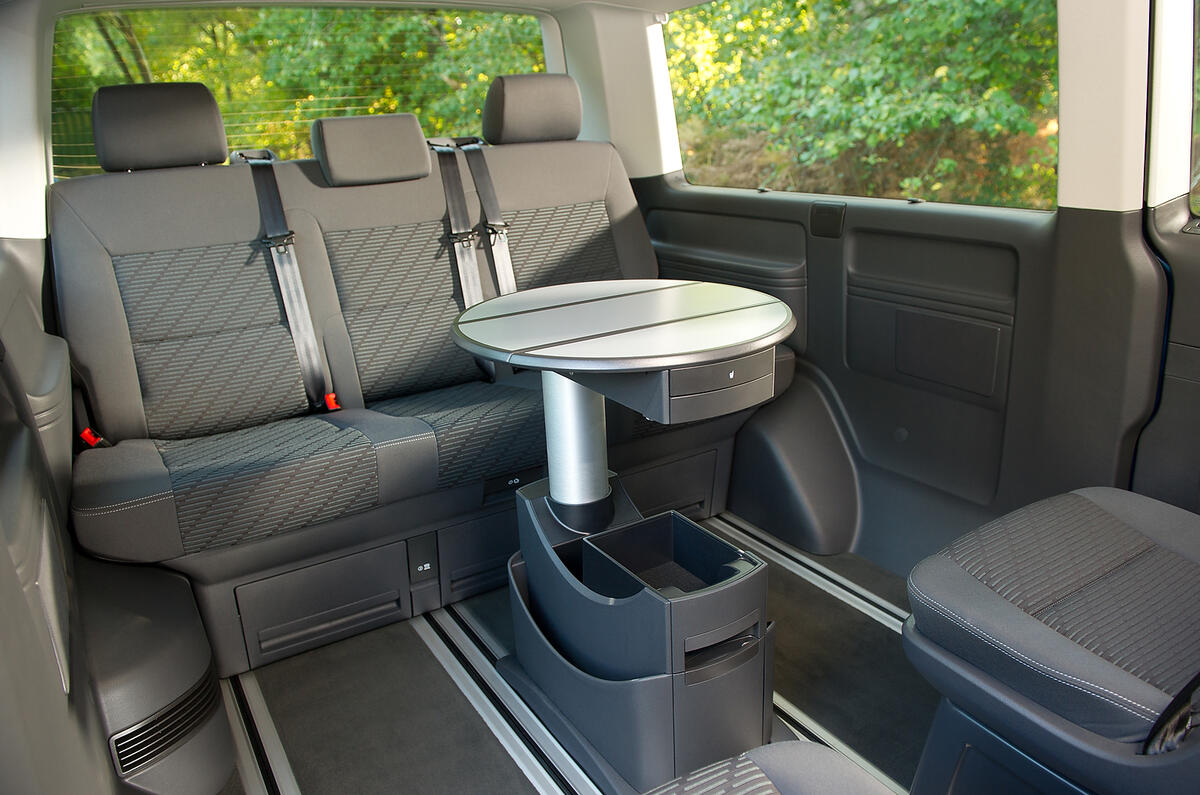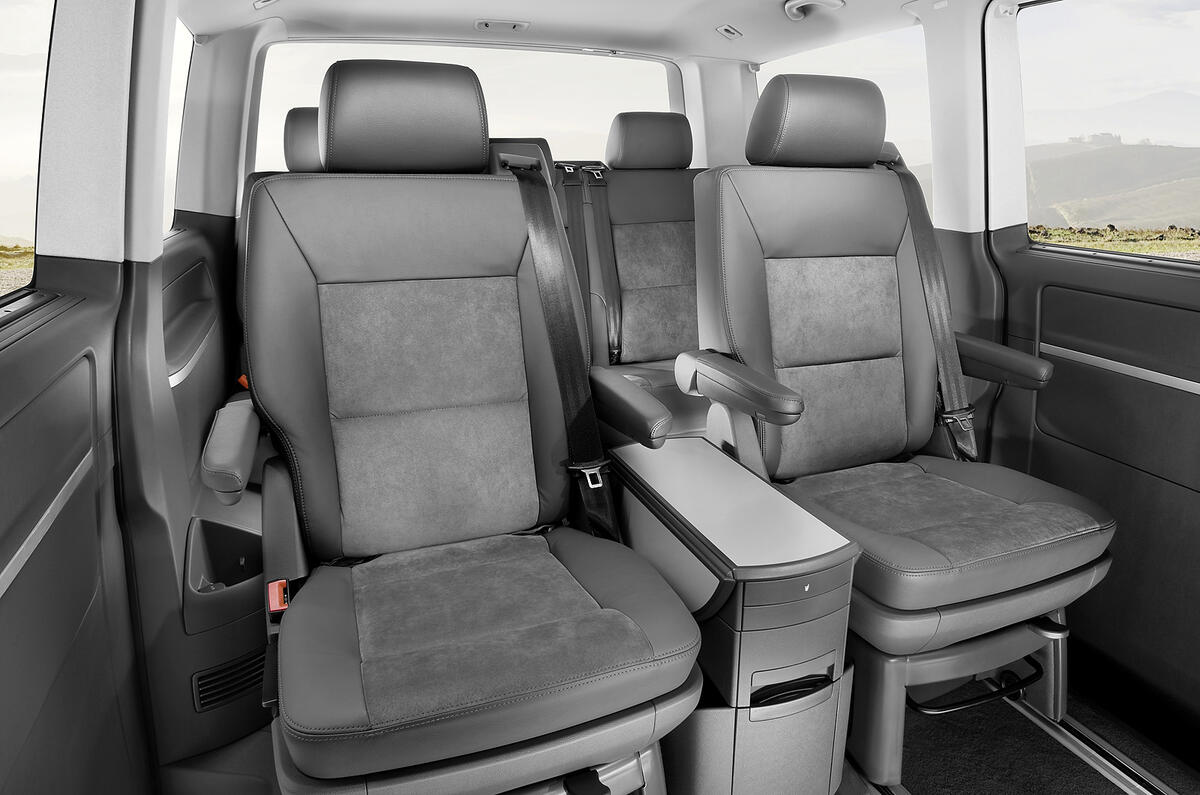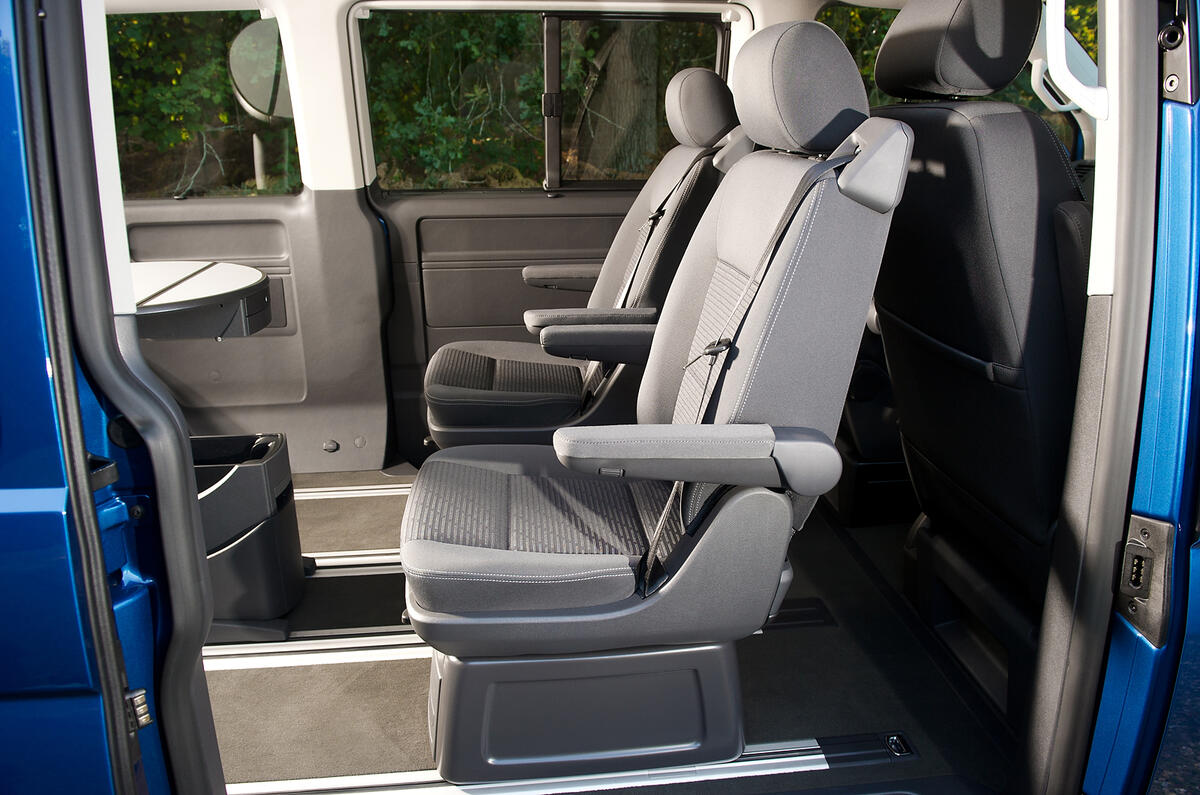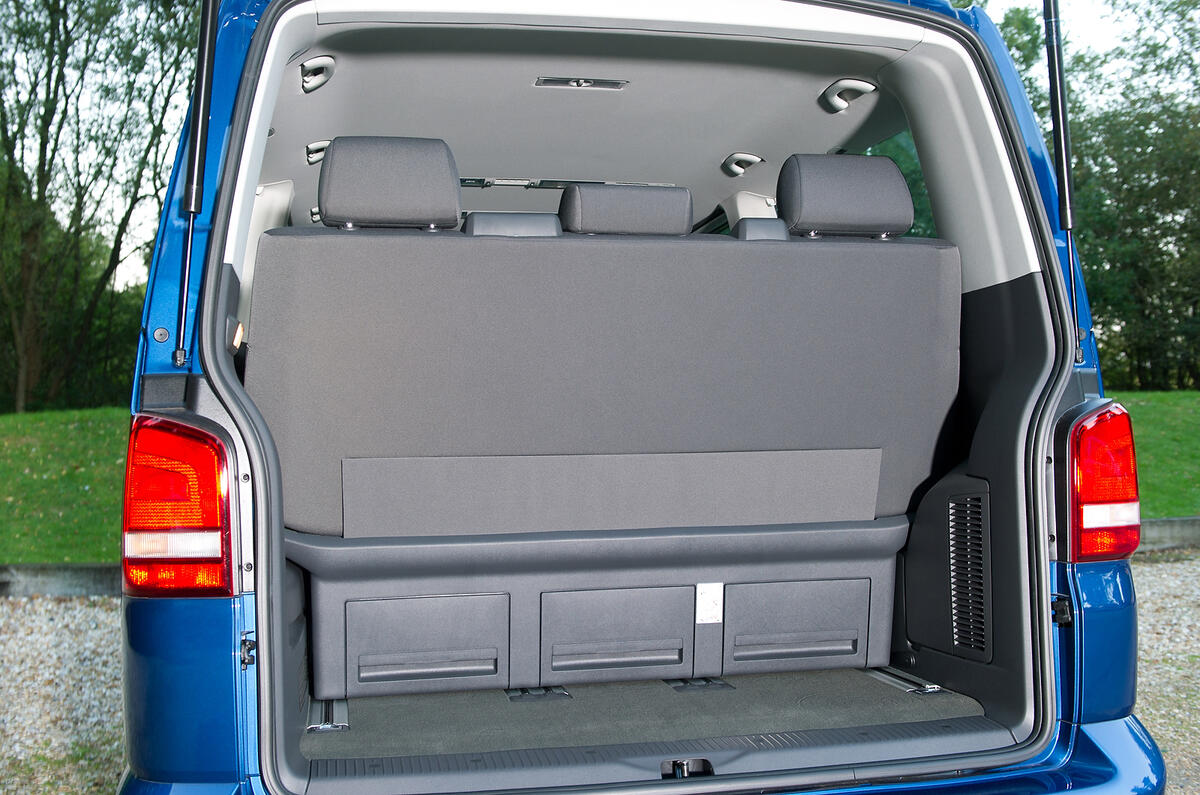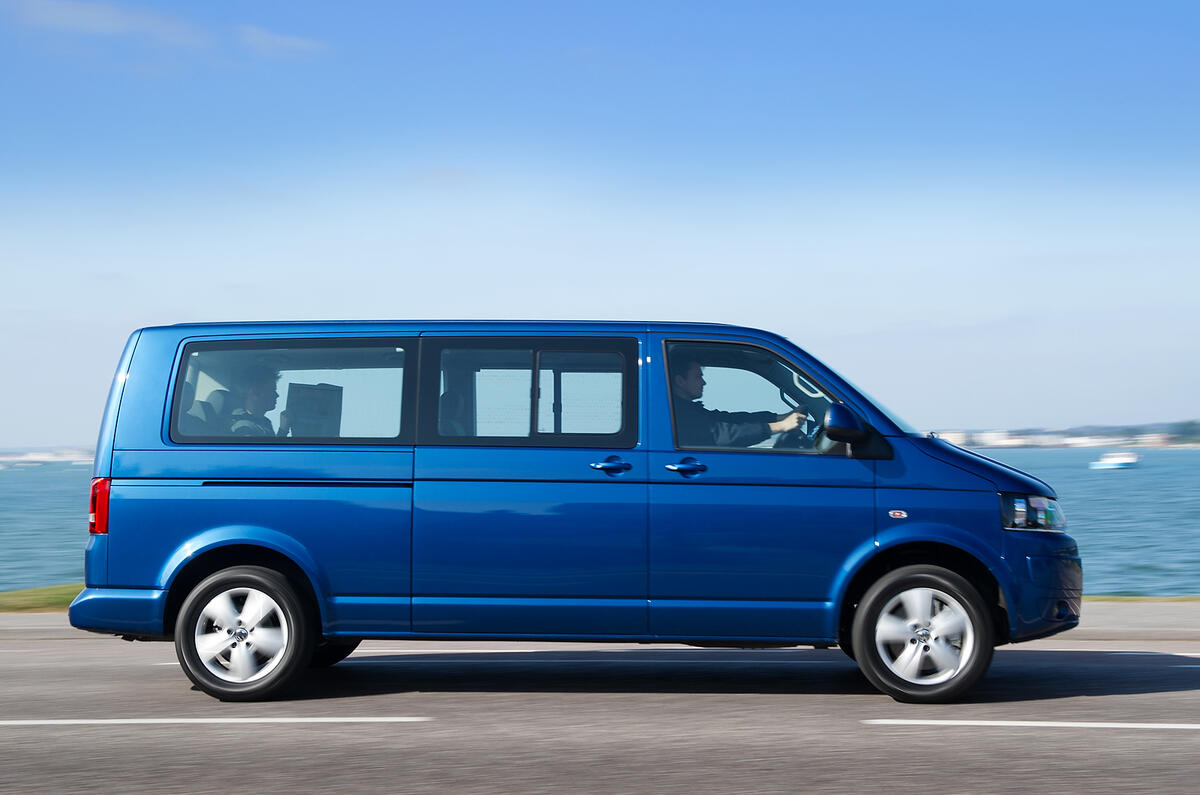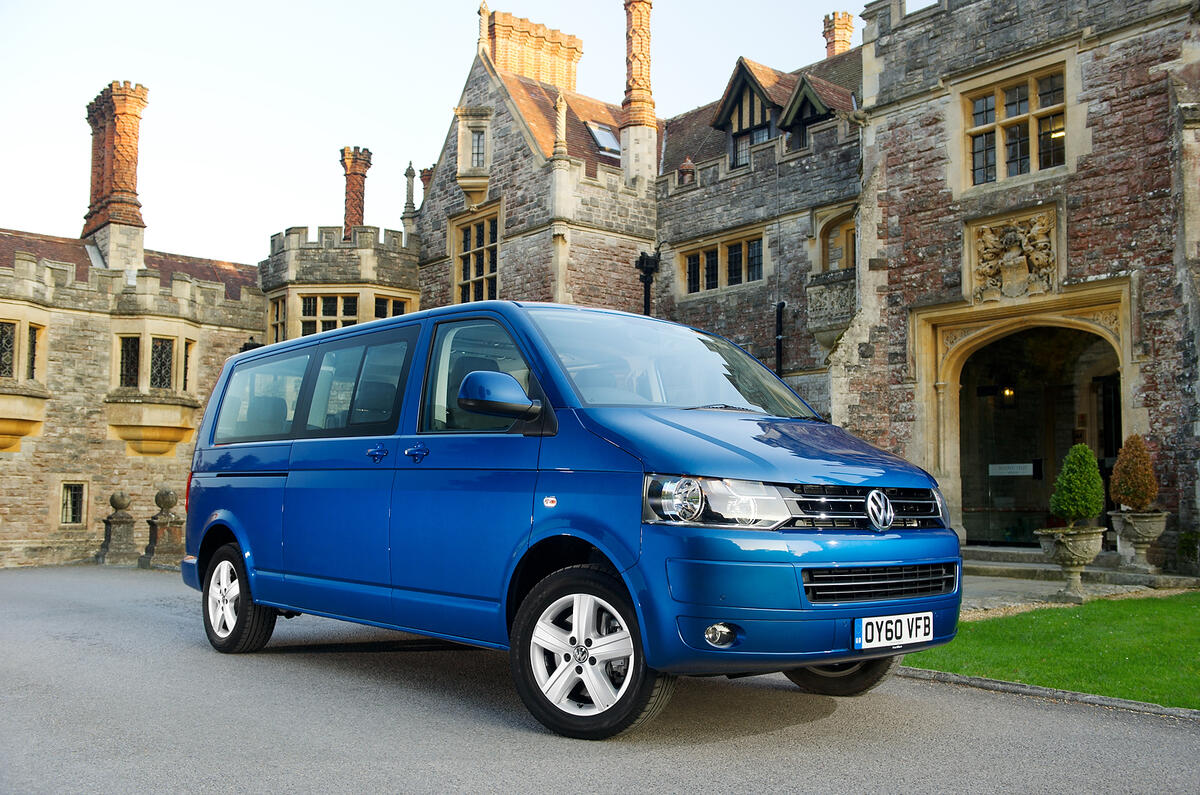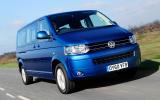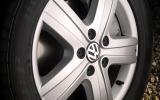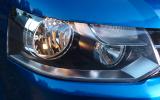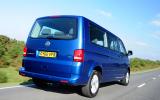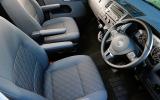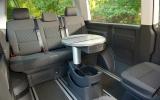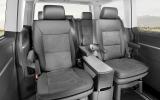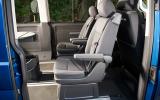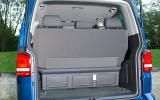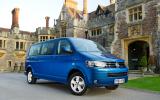Volkswagen’s Transporter van-based Caravelle was never going to attract the same counterculture cachet as the original, iconic derivations of the Type 2 Transporter did, but all the same this cavernous MPV offers almost as much flexibility in its people-swallowing interior.
And if you’re in any doubt as to the Caravelle’s thinly disguised van-derived roots, you only have to look for it online, where you’ll find this airport-taxi and hotel-run stalwart on Volkswagen’s van and commercial vehicle website, not the one that caters for its mainstream car line-up.
In truth it’s the even more heavily modified Caravelle-derived California camper van that is the original VW camper’s spiritual ancestor. But that vehicle itself, with its pop-up extending roof and overnight accommodation for four, is barely a step or two removed from today’s seven-seater Caravelle.
This latest version of VW’s crowd-swallowing people-mover gets revised front-end styling that brings the Caravelle more into line with VW’s mainstream models – squint and you can see hints of Volkswagen Polo and Volkswagen Golf in the Caravelle’s face – while inside there are new instruments and improved front seats.
There are two up-to-the-minute engines on offer, a choice of six-speed manual or seven-speed DSG gearboxes, the option of four-wheel drive and even a long-wheelbase version available (but only on the midrange SE-spec models), which stretches the Caravelle’s overall length from 4892mm to 5292mm.


